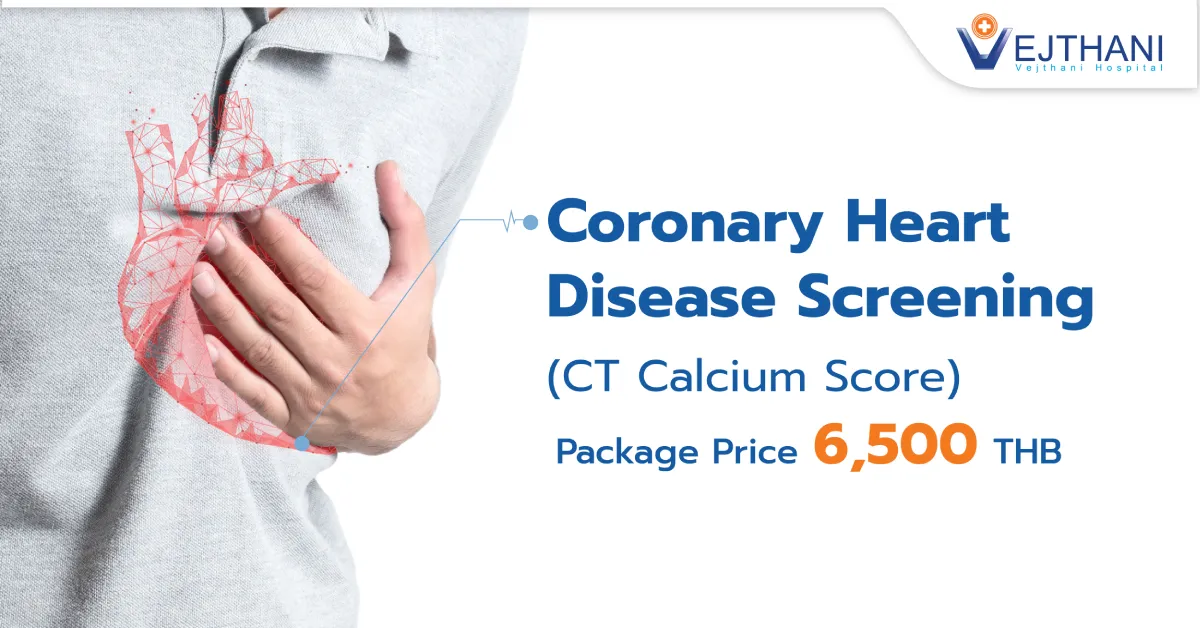
Dressler syndrome
Overview
Dressler syndrome is a condition characterized by inflammation of the pericardium, the sac surrounding the heart. It is believed to occur when the immune system responds to damage to the heart or the pericardium, which can result from events such as a heart attack, surgical procedures, or traumatic injuries. One of the prominent symptoms of Dressler syndrome is chest pain, which can mimic the chest pain experienced during a heart attack.
Dressler syndrome is also referred to by other names, including post-pericardiotomy syndrome, post-myocardial infarction syndrome, post-traumatic pericarditis, and post-cardiac injury syndrome.
Symptoms
Symptoms of Dressler syndrome often manifest several weeks to months after a heart attack, surgery, or chest injury. These symptoms can include fever and chest pain.
If you ever encounter sudden or persistent chest pain, it is crucial to seek immediate medical attention, as it could be a sign of a heart attack or another potentially life-threatening condition.
Causes
Physicians theorize that Dressler syndrome is triggered by the immune system’s response to heart injury. When the body detects tissue damage, it deploys the immune system and antibodies to initiate the healing and repair process. On occasion, this immune response can lead to inflammation in the pericardium, giving rise to Dressler syndrome. This condition can develop in the aftermath of specific cardiac procedures or surgeries.
Risk factors
Although Dressler’s syndrome can affect anyone of any age or race, it seems to affect those between the ages of 20 and 50 more frequently.
Dressler’s syndrome is more likely to occur in those who have the following risk factors:
- Viral infection
- Heart surgery
- Heart procedure
- Heart attack (myocardial infarction)
- History of having pericarditis
- History of prednisone intake
- Trauma to the chest following an injury or accident























